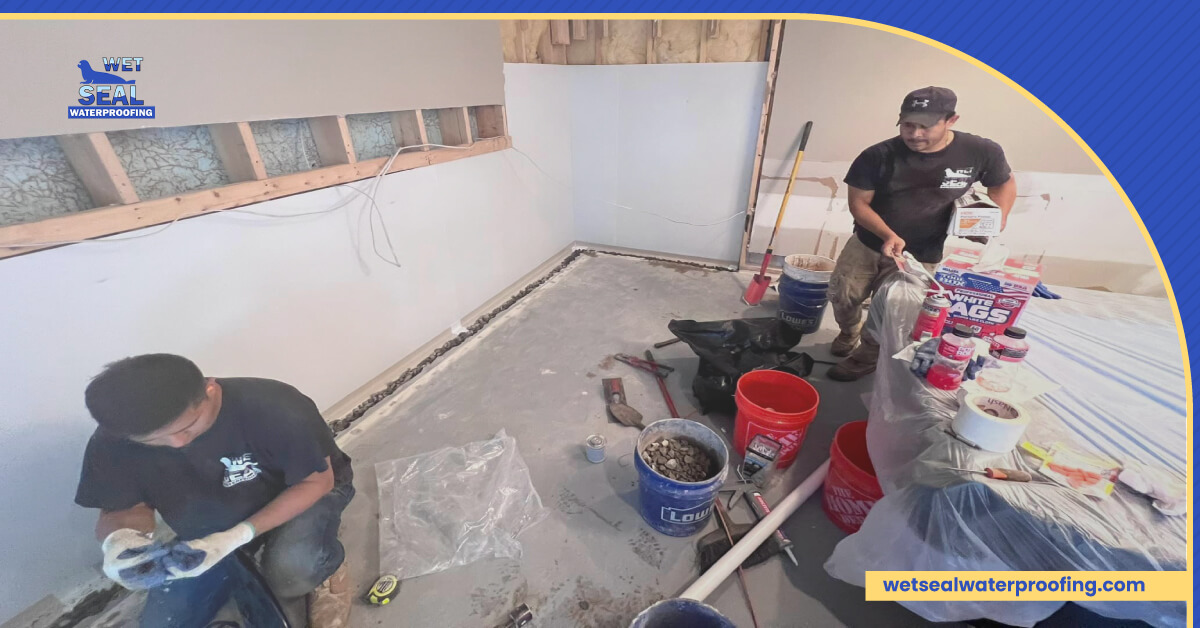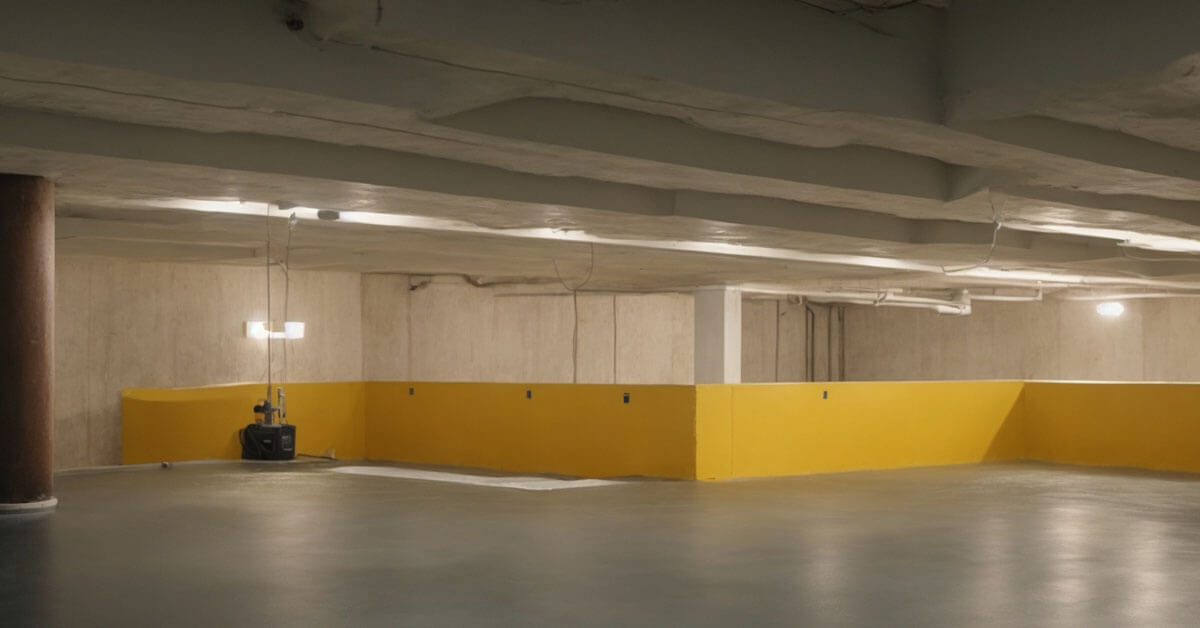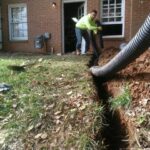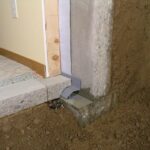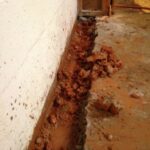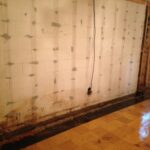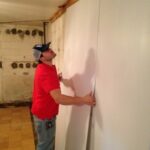Why do you need a good exterior waterproofing system?
Yes, we install exterior systems. Most Waterproofers don’t install exterior systems because they say it won’t work. Not true at all! These companies would rather charge more doing an interior system and rip out finished basements to obviously increase their profit. Beware of up selling and get a second opinion first.
In most cases an exterior waterproofing system can be installed but in some cases its just not possible. This is why it is necessary to schedule an appointment so that we may evaluate and determine the best solution for your home.
What are some of the determining factors to deciding whether you need an Exterior System verses an Interior System?
 -Knowing the type of foundation your structure has.
-Knowing the type of foundation your structure has.
-Do you have a poured wall foundation or is it a cinderblock wall foundation?
-Is the grade level possible to install a gravity exit discharge line or is it best to use a sump pump?
-Are there any obstructions such as low decks, slabs, tall trees or even Ac units preventing us from installation?
-What type of wall system do I have? Is it monolithic or does my foundation have a footer?
– Which system would be more beneficial and less costly to install?
These are all great questions that our specialists have the answer to that will determine the best solution for you.
The aim for exterior waterproofing of a building or laying a good drainage system is to prevent any water from entering the foundation walls and seams.
The most thorough waterproofing that can be done is while constructing a building. It is that time when every wall, every corner and every foot is covered before laying out the structure of the building. Therefore, when constructing a building it is very important that the location of the building is considered or whether the building requires a good encapsulated crawlspace or a waterproof basement.
Drainage issues usually relate to standing water or a result of basement or crawlspace water or muddy soils. If the walls are made of concrete then it will soak up water. This will lead to damp basement. All of these exterior waterproofing issues have many consequences. This issue can devalue a property by affecting its foundation, eroding and weakening the concrete. It can cause accidents in a public place during winters or even breed insects, moulds, algae, mosquitoes or rodents in landscapes.
Exterior waterproofing systems are generally based on four inches PVC pipes in order to collect water from the outside of the footer and drain it to a nearby location. Usually, these locations are lower than the footer so that draining becomes easier. If this footer is not substantially low, then it is possible that water is added instead of being drained from the foundation. This addition of water introduces mud, soil, gravel and dirt near the foundation and clogs the pipes at a fast rate.
Tar and polymer-based products are also used for an exterior waterproof system. This product can be fixed directly into the wall. It works well and is flexible for a short period as it usually corrodes at the footer during a period of time.
You can also install a drain tile system before constructing the building. Water usually flows towards the foundation of the building. So the deeper the drain tile is into the soil, the more water it will collect from the soil and keep it away from the foundation. Furthermore, a drain tile should also be installed on the side of the foundation footer. Thus, keeping the water a few inches below the top of the footer.
Drainage system or exterior waterproofing system is not an issue that someone might be thinking about. However, to keep the foundation of a building strong and the landscape to look beautiful and disease free, one must plan ahead before getting up in a mess.


